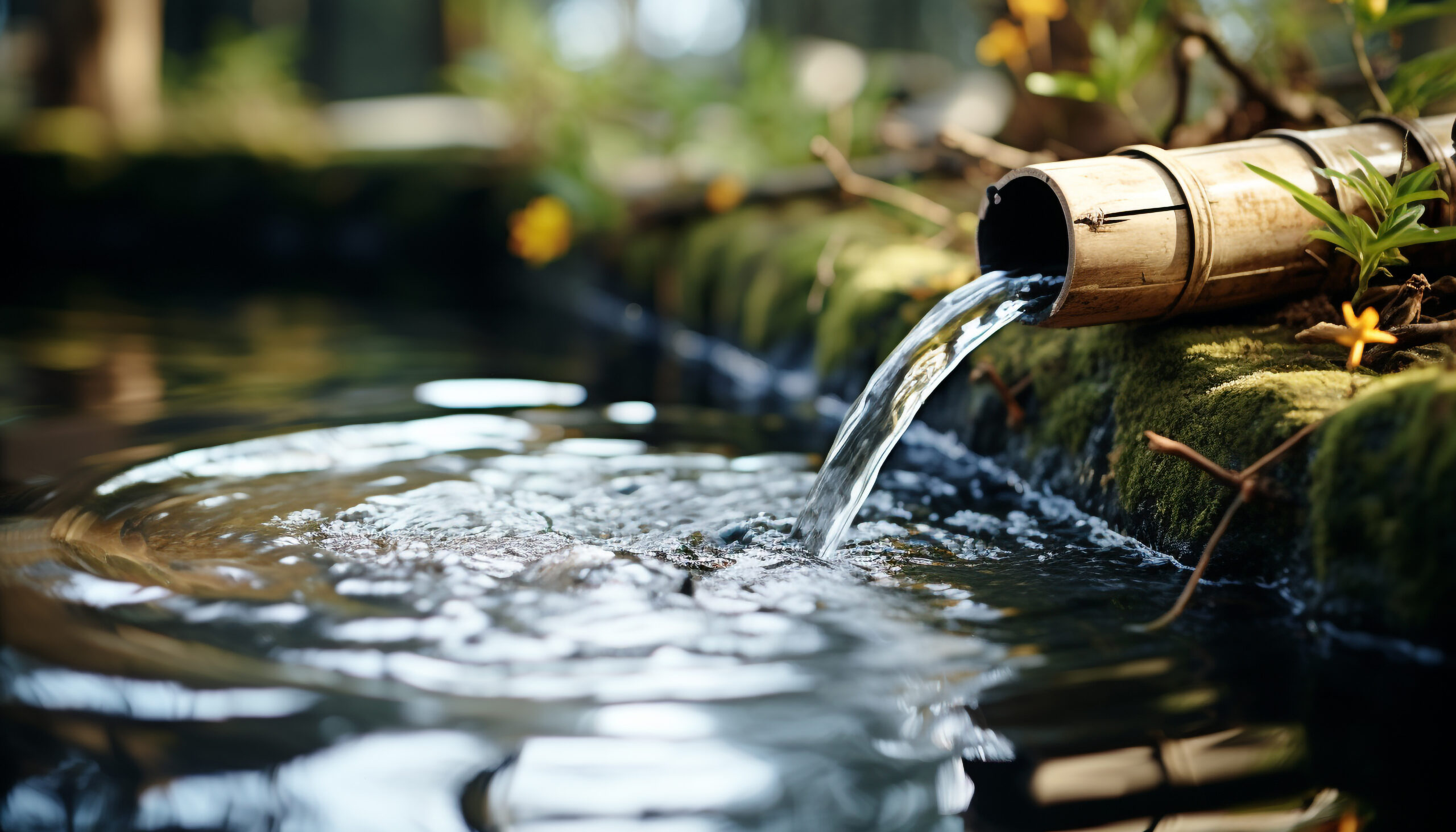French drains are a popular solution for preventing basement flooding and water damage in homes across Brooklyn, Queens, and Long Island. However, improper installation or maintenance can lead to costly problems down the road. In this guide, we’ll discuss some common French drain mistakes to avoid to ensure your drainage system functions effectively and keeps your home dry.
Dont Make These 5 Common French Drain Mistakes
Here are four common French drain mistakes to avoid for the best experience.
Neglecting Proper Slope and Grading:
One of the most critical aspects of French drain installation is ensuring proper slope and grading. Without adequate slope, water may not flow away from your home as intended, leading to pooling and potential flooding. Similarly, improper grading around the drain can cause water to collect near your foundation, defeating the purpose of the drainage system.
To avoid this mistake, work with a qualified professional who understands the importance of correct slope and grading. They will assess your property’s layout and make necessary adjustments to ensure optimal drainage away from your home.
Placing the Hole Side of the Pipe Upwards
A very common occurrence we see in incorrect French drain installation is placing the French drain pipe with the holes facing up This way when the surrounding area pools with water only then it makes its way into the french drain. This is an incorrect way to install a French drain and will never help to direct the water away from the property.
Always make sure that when the french drain is installed, the hole side of the perforated pipe is at the bottom. This will help water enter the French drain easily without rising to pool the surrounding area before entering the perforations.
Using Incorrect Materials:
Another common mistake homeowners make is using the wrong materials for their French drain. Substandard pipes or gravel can compromise the effectiveness of the drainage system and lead to clogs or failure over time. Additionally, failing to use geotextile fabric to prevent soil intrusion into the drain can reduce its lifespan and efficiency.
When installing a French drain, invest in high-quality materials that are designed for drainage applications. This includes durable perforated pipes, clean-washed gravel, and geotextile fabric to provide long-lasting protection against soil infiltration.
Inadequate Waterproofing:
A French drain alone may not be sufficient to protect your basement from water infiltration. Failing to address underlying waterproofing issues, such as cracks in the foundation or improper sealing, can render the drainage system ineffective. Water may still find its way into your basement through these weak points, despite the presence of a French drain.
Before installing a French drain, thoroughly inspect your basement for any signs of water intrusion or structural damage. Address any issues promptly and consider implementing additional waterproofing measures, such as sealants or membranes, to complement the drainage system.
The wrong installation increases the likelihood of the pipe becoming clogged with debris, such as soil, leaves, and other sediment. Over time, this accumulation can restrict or block the flow of water through the pipe, further impeding drainage and potentially causing water to back up into the surrounding area.
Poor Maintenance Practices:
Once installed, a French drain requires regular maintenance to ensure optimal performance. Neglecting routine upkeep, such as clearing debris from the drain or inspecting for signs of damage, can lead to blockages and reduced efficiency. Without proper maintenance, your French drain may fail to properly divert water away from your home, leaving it vulnerable to flooding.
Make it a habit to inspect your French drain at least once a year, especially before the rainy season begins. Remove any accumulated debris, such as leaves or sediment, and check for signs of damage or deterioration. Additionally, consider installing a drain cover or grate to prevent clogs and prolong the life of your drainage system.
Importance of French Drains
French drains play a crucial role in maintaining the structural integrity and habitability of properties in Long Island, Brooklyn, Queens & Bronx, given the unique terrain and environmental factors of these areas. Here’s why French drains are particularly important in these regions:

Flat Terrain and High Water Tables:
Long Island, Brooklyn, Queens & Bronx are characterized by relatively flat terrain and high water tables. This means that water has a tendency to accumulate and saturate the soil, increasing the risk of basement flooding and water damage. French drains provide an effective solution for managing excess water by redirecting it away from the foundation of buildings and preventing it from seeping into basements or crawl spaces.
Urban Development and Impervious Surfaces:
As densely populated urban areas, Long Island, Brooklyn, Queens & Bronx are covered with impervious surfaces such as roads, sidewalks, and buildings. These surfaces limit the natural absorption of rainwater into the ground, resulting in surface runoff that can overwhelm drainage systems and lead to localized flooding. French drains help mitigate this issue by capturing and channeling runoff away from vulnerable areas, reducing the risk of water damage and erosion.
Clayey Soil Composition:
The soil composition in Long Island, Brooklyn, Queens & Bronx often includes clay, which has poor drainage properties and is prone to retaining moisture. During periods of heavy rainfall or snowmelt, clayey soils can become waterlogged, exerting pressure on the foundation of buildings and increasing the likelihood of structural damage French drains provide an effective means of draining excess water from the soil, helping to stabilize the ground and protect against foundation settlement or heaving.
Resilience Against Storm Surges and Coastal Flooding:
Long Island, Brooklyn, Queens & Bronx are vulnerable to coastal storms, including hurricanes and nor’easters, which can produce storm surges and coastal flooding. In addition to heavy rainfall, these weather events can inundate low-lying areas with saltwater, posing serious risks to infrastructure and property.
French drains can help mitigate the impact of storm surges by providing an additional layer of defense against water infiltration, thereby reducing the risk of flood damage and preserving the structural integrity of buildings.
French drains are essential infrastructure components in Long Island, Brooklyn, Queens & Bronx, providing effective drainage solutions for managing excess water and mitigating the risks of flooding, erosion, and structural damage in urban environments with flat terrain, high water tables, clayey soils, and susceptibility to coastal storms.
By investing in French drain systems, property owners can safeguard their homes and communities against water-related hazards and ensure long-term resilience in the face of changing environmental conditions.
Thus,
Avoiding these common French drain mistakes is essential for homeowners in Brooklyn, Queens, and Long Island to protect their homes from water damage. By ensuring proper installation, using quality materials, addressing waterproofing concerns, and practicing regular maintenance, you can enjoy a dry and secure basement for years to come.
For visual examples of French drain mistakes and proper installation techniques, visit our website for French drain mistakes pictures and expert advice from our team of professionals. Remember, investing in your French drain now can save you time, money, and headaches in the future.








